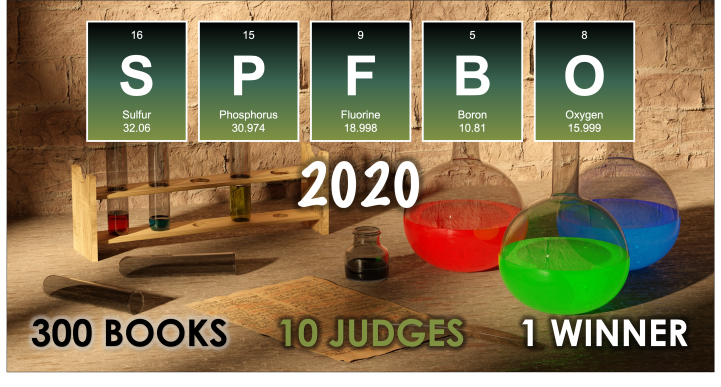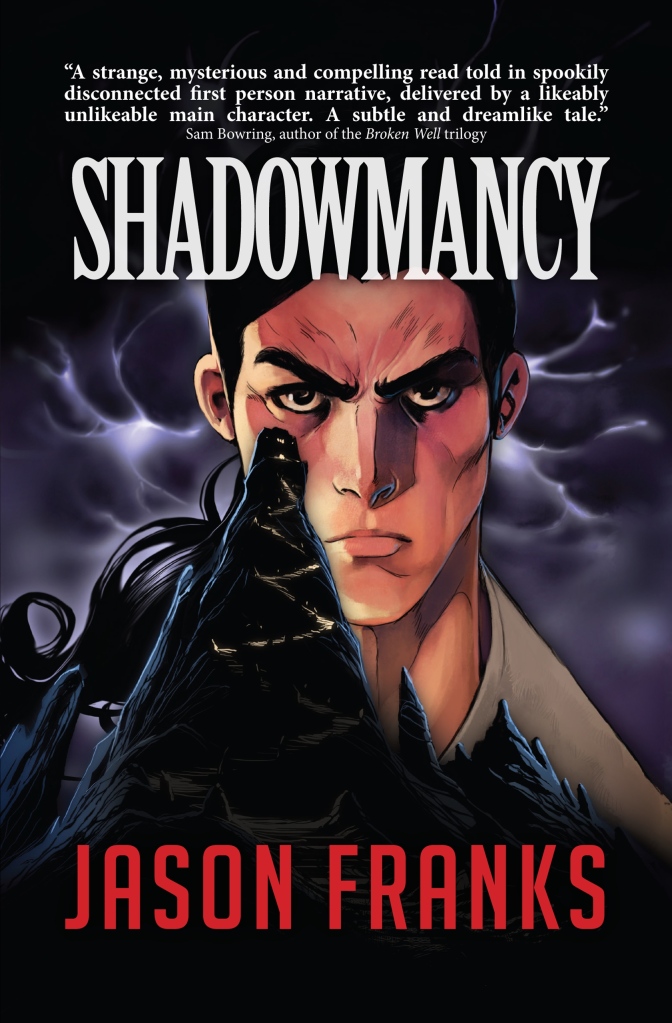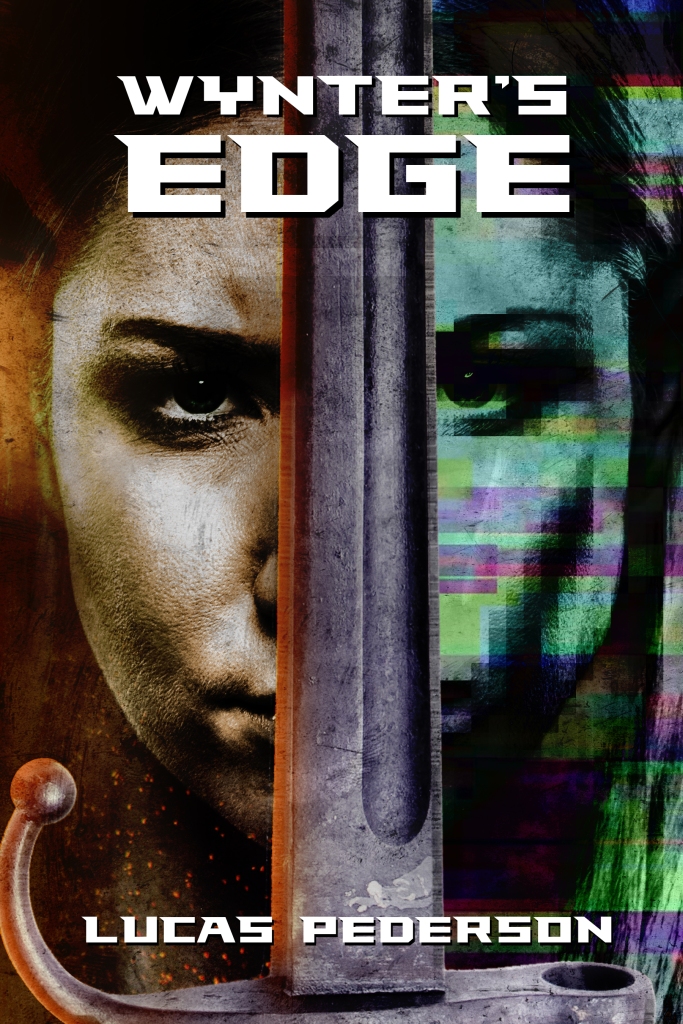
A note from Sarah:
As a first-time judge in SPFBO contest, first and foremost, I would like to thank all of the authors for submitting their novels and, most importantly, for sharing their literary worlds with the Critiquing Chemist and her Bookish Boffins. Making the initial round of cuts has proven to be much more difficult than I’d anticipated. It should be noted that being among the first to fall from the Critiquing Chemist’s Phase One list does not reflect on the quality of the work when compared to the 26 additional cuts that are to follow over the remainder of Phase One. That these books are included in this early elimination batch is indicative of being one of the first books read in the contest. Whether it was the cover or the synopsis, something intrigued us to pick up these reads earlier than other titles assigned to us. Thank you again!
General Housekeeping:
I want so badly to make bad chemistry puns throughout this general housekeeping section, such as how we will post our reviews periodically, but in all seriousness, we are steadily working our way through our initial batches.
With the following three SPFBO eliminations, The Critiquing Chemist and her Bookish Boffins are 1/10th of the way through Phase One. Elimination posts, such as this one will serve as a general announcement regarding the titles to be cut with a short spoiler-free overview included for each novel. In the following days, the spoiler-free overview will be expanded upon in a full review post for each eliminated novel. That being said, it would be appropriate to add the following disclaimer that DNF reads will not have their own post outside of the initial elimination. These full posts will follow the traditional formatting style for reviews on The Critiquing Chemist by including a spoiler abundant additional insight section in addition to the overview sans spoilers. The eliminations and semifinalists will ONLY be announced in specific posts regarding those aforementioned topics and not in the individual novel full reviews.
Without further ado, our first eliminations can be found in the next section. Please keep in mind that these titles are in no particular order or ranking, whether within this post, or the rest of our Phase One cuts.
Bloodlust by Nicole Zoltack

In Bloodlust, Zoltack has derived an interesting literary world, which packs in elves, humans, barbarians, dwarves, trolls, and goliaths into one book. Each species seems ruled by emotion and spontaneous reaction with constant bickering and fighting. The two main characters, Ivy and Lukor, are not necessarily likable due to their constantly aggressive and violent impulses, however, they definitely contain a romantic spark. I did enjoy the strong female character Zoltack portrayed in Ivy, until she decided she must employ seduction, despite loathing the target, to save her Barbarians. Ivy’s abrupt transition to desperate temptress seemed totally out of character and jarring when compared to the headstrong, impulsive, aggressive youth we’d first met. Almost every character we interacted with made multiple shortsighted, reckless moves and relied on massive jumps in logic, with often disastrous consequences.
I did enjoy that we ended up encountering all the main species by the end of Bloodlust. That being said, we only had the briefest of interactions with the dwarves, although Ivy and Lukor’s adventure through their former domain was one of my favorite sections of the book due to the interesting situations they kept finding themselves in. Overall, Bloodlust contained a plethora of battles involving all sorts of beings from dragons and trolls, to elves and humans, but this constant state of agitation kept the reader from really connecting with any of the main characters and their dire situations.
Shadowmancy by Jason Franks

First of all, I was delighted to find original artwork by Nicholas Hunter scattered throughout the pages of Shadowmancy. I’m a fan of graphic novels, and it’s always interesting to see the artist’s interpretation of the story as compared to the images I’ve built in my own mind. I appreciated the images which were included and would have loved even more of these tidbits in each chapter.
I wanted to love this novel; a magical coming-of-age story set in a school environment is right up my alley. However, issues with world-building, plot, and characterization kept me from fully immersing in the Shadowmancy world. The parameters of the magic felt vague and unexplored, confined to the Academy for the most part, and more theory than practice. In addition, we only meet two professors, and, aside from a few other student characters, this left the Academy feeling rather hollow. As for the plot, it was hard to understand why Quay would leave his devoted mother to follow his cold, distant father into the unknown. More problematic was the vague faction against Professor Quay (the MC’s father). For most of the book, it was unclear why Professor Quay would have enemies so impassioned that they would continue their vendetta against the younger Quay even when his father was out of the picture. In general, much of the time it seemed like Quay’s problems were all in his head. Which leads me to my other sticking point: Quay himself. The main character spends much of the book being a loner, shirking any proffers of friendship, becoming more power-hungry along the way. It was difficult to find redeeming qualities in Quay for all but the last 20% of the book.
That said, there were several points where Franks’ story-telling really shone, namely, in the creative twists of his magical world. I liked the author’s description of magic as Art, not just formulaic spell-casting. The quirks of the Academy, though sparsely described, were interesting when given, and I was fascinated by the Library of Shadows. Indeed, the shadows and Quay’s magic with them were my favorite parts of the novel.
Wynter’s Edge by Lucas Pederson

Wynter’s Edge has a fascinating premise involving a hodgepodge of nanotechnology, dragons, unicorns, Bigfoot, sorcery, and witchcraft, all set against the backdrop of a crumbling dystopian landscape. That being said, despite having those key pieces to draw the reader in, the worldbuilding and dialogue were mostly one-dimensional. The characters all spoke with the same voice and were mostly indistinguishable, often opting to insert profanity over the opportunity to add further detail or context. Additionally, during various battle scenes or moments of dialogue, repetitive language was an unfortunate distraction in Wynter’s Edge, ultimately hurting the flow of the novel. Overall, Wynter’s Edge contains intriguing individual pieces and pawns, especially with a talking horse thrown into the mix, but more details are needed to fully invest the reader, especially fleshing out the magic of this literary world on the brink of disaster.

[…] X Wynter’s Edge by Lucas Pederson: Judge’s review […]
LikeLiked by 1 person
I always hate seeing books eliminated but that’s how this works. But I do love these update posts so we get a sense of all the books being read. Can’t wait to for you to reach the semifinal rounds.
LikeLiked by 1 person
Eliminations were so hard! We will have another batch of eliminations next week, with a semifinalist reveal coming soon!
LikeLiked by 1 person
[…] First Elimination Post […]
LikeLike
[…] no particular order or ranking, whether within this post, or the rest of our Phase One cuts. Click here to view our first set of […]
LikeLiked by 1 person
[…] this post, or the rest of our Phase One cuts. Click on the appropriate links to view our first and second sets of […]
LikeLike
[…] post, or the rest of our Phase One cuts. Click on the appropriate links to view our first, second, and third sets of […]
LikeLike
[…] whether within this post, or the rest of our Phase One cuts. Click the appropriate link to view our first, second, third, and fourth sets of […]
LikeLike
[…] within this post, or the rest of our Phase One cuts. Click the appropriate link to view our first, second, third, fourth and fifth sets of […]
LikeLike
[…] within this post, or the rest of our Phase One cuts. Click the appropriate link to view our first, second, third, fourth, fifth and sixth sets of […]
LikeLike
[…] within this post, or the rest of our Phase One cuts. Click the appropriate link to view our first, second, third, fourth, fifth, sixth, and seventh sets of […]
LikeLike